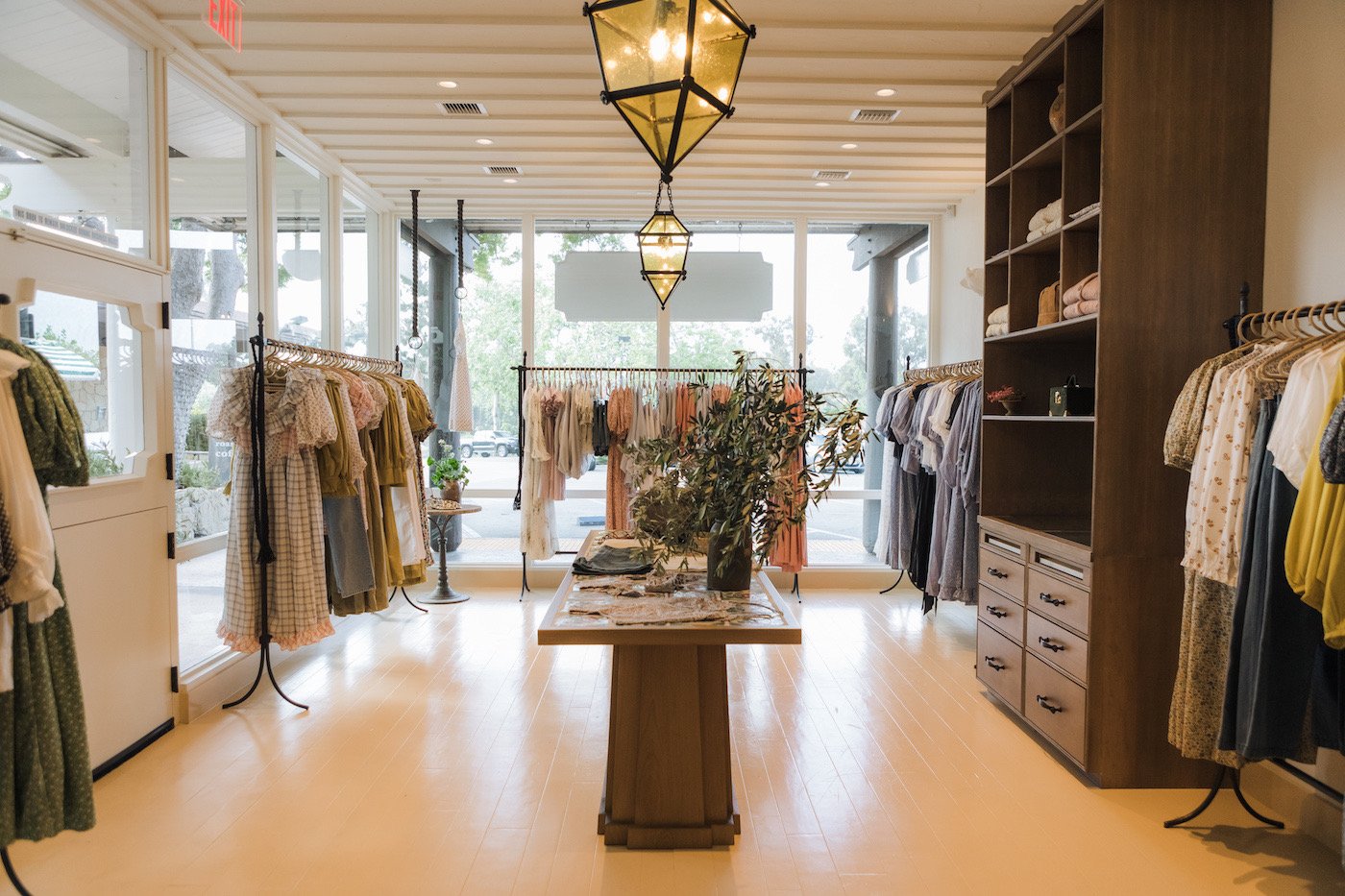Elevate Your Closet with Magnificent Boutique Fashion Fundamentals
Elevate Your Closet with Magnificent Boutique Fashion Fundamentals
Blog Article
Discovering the Advancement and Effect of Clothing on Modern Style Trends
The evolution of clothing has significantly influenced modern style patterns, merging historical criteria with advanced developments. Renowned figures like Coco Chanel and Yves Saint Laurent changed the style industry by presenting ideas that prioritize convenience and accessibility, which continue to reverberate today.
Historical Fashion Influencers
In the tapestry of style history, particular figures have actually left an indelible mark, shaping the patterns and designs that define whole periods. Coco Chanel, an innovative designer, redefined women's style by introducing comfy, classy garments that left from limiting bodices. Her legendary Chanel suit and little black outfit have actually come to be classic staples in closets worldwide. Likewise, Christian Dior's post-war "Make over" in 1947, with its event of feminineness via full skirts and cinched midsections, marked a go back to opulence and has remained to influence developers.
Elsa Schiaparelli is another critical figure, renowned for her avant-garde styles that incorporated surrealist art, working together with Salvador Dalí to create wayward items that challenged conventional looks. Her cutting-edge usage of color and strong patterns resounds in contemporary style. Yves Saint Laurent, on the other hand, democratized high fashion with prêt-à-porter collections, bringing runway designs to the masses and setting a criterion for modern-day ready-to-wear lines.
These dreamers, to name a few, not only reinvented style in their times yet also set enduring fads that resonate in today's apparel industry, offering a structure whereupon modern-day developers continue to innovate and develop. Their traditions highlight the significance of imagination and bold in fashion's ever-evolving narrative.
Technical Advancements in vogue
In the middle of the dynamic landscape of the apparel industry, technological improvements stand at the forefront of development, reshaping just how designers develop and customers involve with style. The combination of 3D printing has actually reinvented design procedures, allowing designers to trying out complicated structures and lasting products that were previously impossible. This technology facilitates fast prototyping, decreasing waste and expediting manufacturing times.

Smart fabrics, installing modern technology right into materials, are also changing the sector. Developments like temperature-regulating and self-cleaning fabrics supply enhanced capability and convenience. Wearable technology, integrating features like fitness monitoring and communication, adds a brand-new measurement to style, merging aesthetics with practicality.
Social Shifts and Design
As technical improvements continue to improve the apparel industry, cultural changes are similarly significant, redefining design and customer preferences. Recently, the surge of social media sites platforms has actually accelerated the circulation of worldwide fashion trends, permitting varied cultural influences to coexist and assemble. This electronic interconnectivity has promoted the fast exchange of ideas, leading to an extra comprehensive and eclectic interpretation of style that shows the complex nature of contemporary culture.
Social awareness and appreciation have actually motivated developers to draw motivation from a broader spectrum of ethnic and historic contexts, incorporating typical concepts with contemporary aesthetics. This combination has actually resulted in fashion that reverberates with a larger audience, promoting a sense of identification and belonging throughout different demographics. Additionally, the enhancing demand for personalization has driven brands to use customizable choices, allowing customers to express uniqueness while showing their social heritage.
Moreover, shifting social worths have actually affected style, with inclusivity and variety coming to be central motifs. The industry has started to embrace designs and influencers of different type of body, ethnicities, and gender identities, difficult standard elegance requirements. This makeover highlights the power of cultural shifts fit the future of fashion, as style comes to be a much more authentic expression of cumulative and personal identification.
Sustainability and Modern Design
While the style market proceeds to advance, the important for sustainability has actually become increasingly immediate, influencing modern-day design techniques. This change intends to deal with ecological worries and moral considerations, bring about a reevaluation of conventional production approaches. Developers are currently integrating lasting products, such as organic cotton, recycled polyester, and biodegradable fabrics, into their collections, reducing the eco-friendly footprint of fashion. The increase of slow fashion, which stresses top quality over amount, urges consumers to buy timeless pieces instead than short-term patterns.
Furthermore, modern-day style is characterized by its development in minimizing waste and advertising circularity. This technique not only reduces ecological influence however also improves the social responsibility of style homes.

Future Trends in vogue

Sustainability will continue to be a driving force in forming future style trends. The industry is progressively embracing green products and moral manufacturing methods, responding to an expanding customer demand for accountable techniques. Innovations Web Site such as bio-fabricated materials and closed-loop recycling systems are readied to redefine just how apparel is created and consumed, decreasing environmental influence while maintaining style and top quality.
Social shifts, including the surge of inclusivity and variety, will certainly additionally play an essential role. As society comes to be a lot more familiar with social issues, style is expected to come to be a platform for expression and change. Designers will likely concentrate on creating collections that show a broader variety of experiences and identifications, promoting representation and accessibility.
Verdict
The from this source advancement of clothing substantially impacts contemporary fashion fads, where historical influences combine with contemporary styles. Trick figures like Coco Chanel and Yves Saint Laurent have actually redefined design, while technical innovations such as 3D printing and wise textiles expand innovative opportunities. Cultural shifts in the direction of inclusivity and sustainability force brand names to embrace and adopt honest methods variety. This recurring evolution emphasizes style's duty as a mirror to social values and technological development, suggesting a future abundant with advancement and inclusivity.
The evolution of clothes has actually substantially influenced modern style trends, combining historical criteria with innovative technologies.Among the dynamic landscape of the style market, technological advancements stand at the leading edge of innovation, reshaping how developers create and customers engage with fashion.While the fashion sector continues to progress, the necessary for sustainability has become significantly urgent, affecting contemporary layout techniques. As sustainability ends up being ingrained in contemporary layout, it paves the means for a more accountable and aware style industry.
The evolution of clothes dramatically impacts contemporary fashion trends, where historical influences combine with modern styles.
Report this page